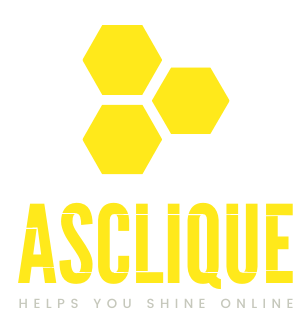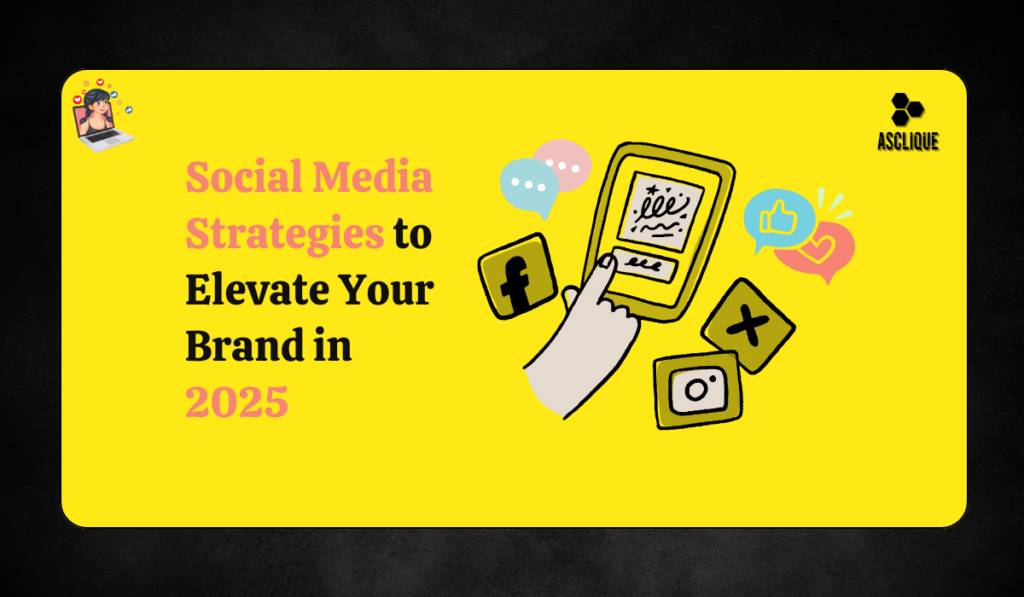In 2025, businesses face increasing competition, making robust social media strategies more critical than ever. The key to standing out lies in adapting to the rapid evolution of digital platforms. Instagram, LinkedIn, Facebook, YouTube, and TikTok each offer unique opportunities to connect with audiences, build your brand, and drive sales. Here’s how businesses can leverage these platforms for success in 2025.
Instagram: Strengthening Community Engagement
Instagram continues to be a powerhouse for building a community around a brand. To fully harness its potential, businesses must go beyond posting content and adopt an outbound strategy. This involves engaging proactively with followers—responding to comments, initiating conversations, implementing a direct messaging strategy, and actively seeking leads. This not only strengthens community ties but can also drive conversions.
While feed posts are shown to engage only a small portion of followers due to the algorithm, Instagram Stories appear directly in front of followers, making them a valuable tool for staying top-of-mind. Based on my experience as the co-founder of an agency that helps businesses market and brand online (including on social platforms), I recommend aiming to post three to 10 Stories daily with a mix of content such as behind-the-scenes, polls, quizzes, or exclusive promotions. The key is variety—use different story formats like boomerangs, polls, and videos to keep things fresh and engaging.
Instagram Channels are also a great way to offer valuable content such as tips, resources, and exclusive offers. Think of it as a content hub where you can nurture relationships and funnel leads into other marketing avenues. Drive traffic to your website by offering incentives like discount codes for first-time customers.
LinkedIn: B2B Branding and Networking
While LinkedIn is traditionally viewed as a B2B platform, it’s valuable for businesses in any industry. Whether you’re a tech company or a boutique jewelry shop, LinkedIn offers tremendous potential for brand discovery and building professional relationships.
Because the platform favors high-quality, valuable content, businesses should regularly share thought leadership articles, videos, blogs, and quick tips. Since LinkedIn is built for networking, it should be used to connect with other business owners, potential partners, or influencers. Participating in LinkedIn groups and engaging in relevant discussions can help establish your expertise and expand your reach.
Facebook: Staying Connected with Your Audience
Despite the growth of other platforms, Facebook remains an essential tool for businesses. It’s perfect for staying in touch with your existing friends and warm market while reinforcing your brand.
Many business leaders overlook their personal Facebook accounts, but using them for personal updates, sharing business insights, or posting reminders about what you offer helps keep your business top-of-mind among your network.
Facebook is also great for maintaining relationships with your warm market—those who are already familiar with your brand. Posting fresh and engaging content ensures that even if customers aren’t actively seeking your services, they’ll be reminded of your value. Utilize Facebook’s event feature to promote product launches, sales, or special events.
YouTube: The Power of Video Marketing
Video continues to be one of the most powerful ways to engage with customers, and in 2025, YouTube will remain a leading platform for discovery and brand building and social media strategies.
YouTube Shorts have become a valuable tool for businesses. One key advantage is their integration with Google search results. Optimized Shorts can appear in Google searches, providing free SEO exposure for your brand. This offers businesses an excellent opportunity to reach new audiences through organic search.
However, while Shorts are great for quick engagement, long-form video content remains essential for building trust. Creating tutorials, product demos, and behind-the-scenes content allows customers to get a deeper understanding of your brand. Video content humanizes your business, allowing potential customers to connect with you personally, even before making a purchase.
TikTok: Viral Potential and Real-Time Engagement
TikTok’s algorithm is designed to help users discover new content. By creating engaging, shareable videos, your brand has an opportunity to go viral, reaching users beyond your immediate network. Focus on producing content that entertains, educates, or inspires, and take advantage of trending sounds and hashtags to expand reach.
TikTok Live allows brands to connect with their audience in real-time, while TikTok Shop enables direct sales. Livestreaming product launches or special events, combined with the ability to sell on TikTok, is a powerful strategy for businesses looking to drive immediate sales and foster real-time engagement.
Conclusion: Tailoring Social Media Strategies for Success
While each platform has unique strengths, consistency is the bedrock of any successful social media strategy. Aim to post at least three times per week on each platform, and always tailor your content to the specific audience and format of each platform. For example, the first few seconds of a video, the thumbnail, and the copy should be adjusted based on each platform.
To refine your content strategy, regularly test different types of content to see what resonates best with your audience. A/B testing will help you understand what works on each platform and how to improve engagement.

